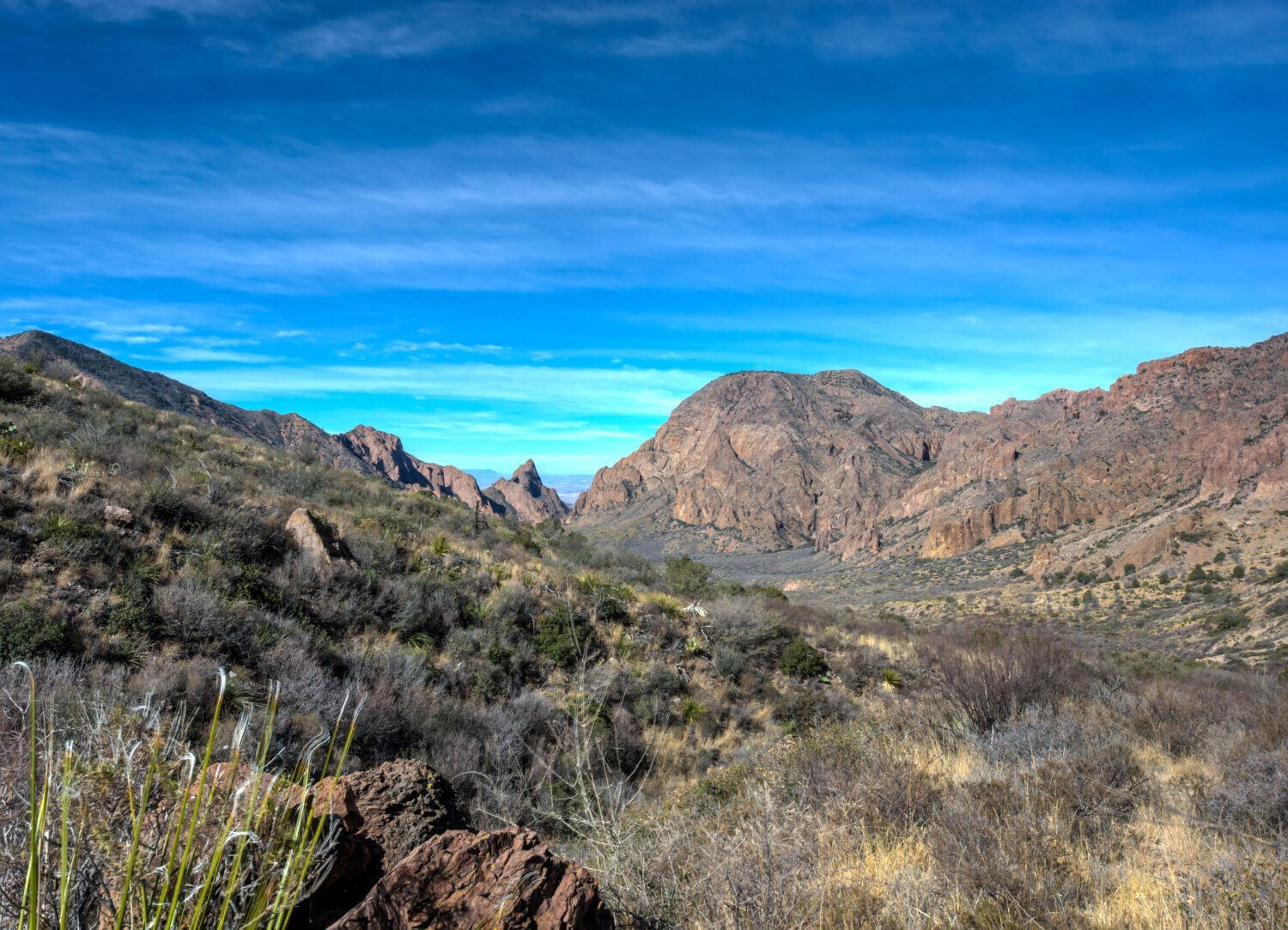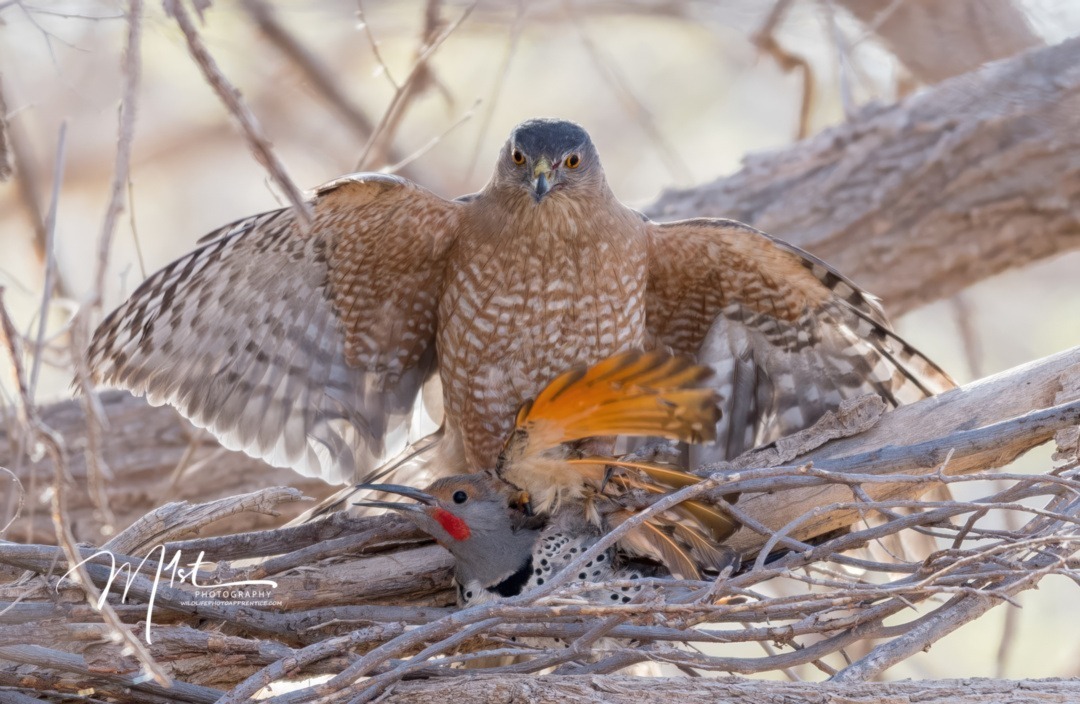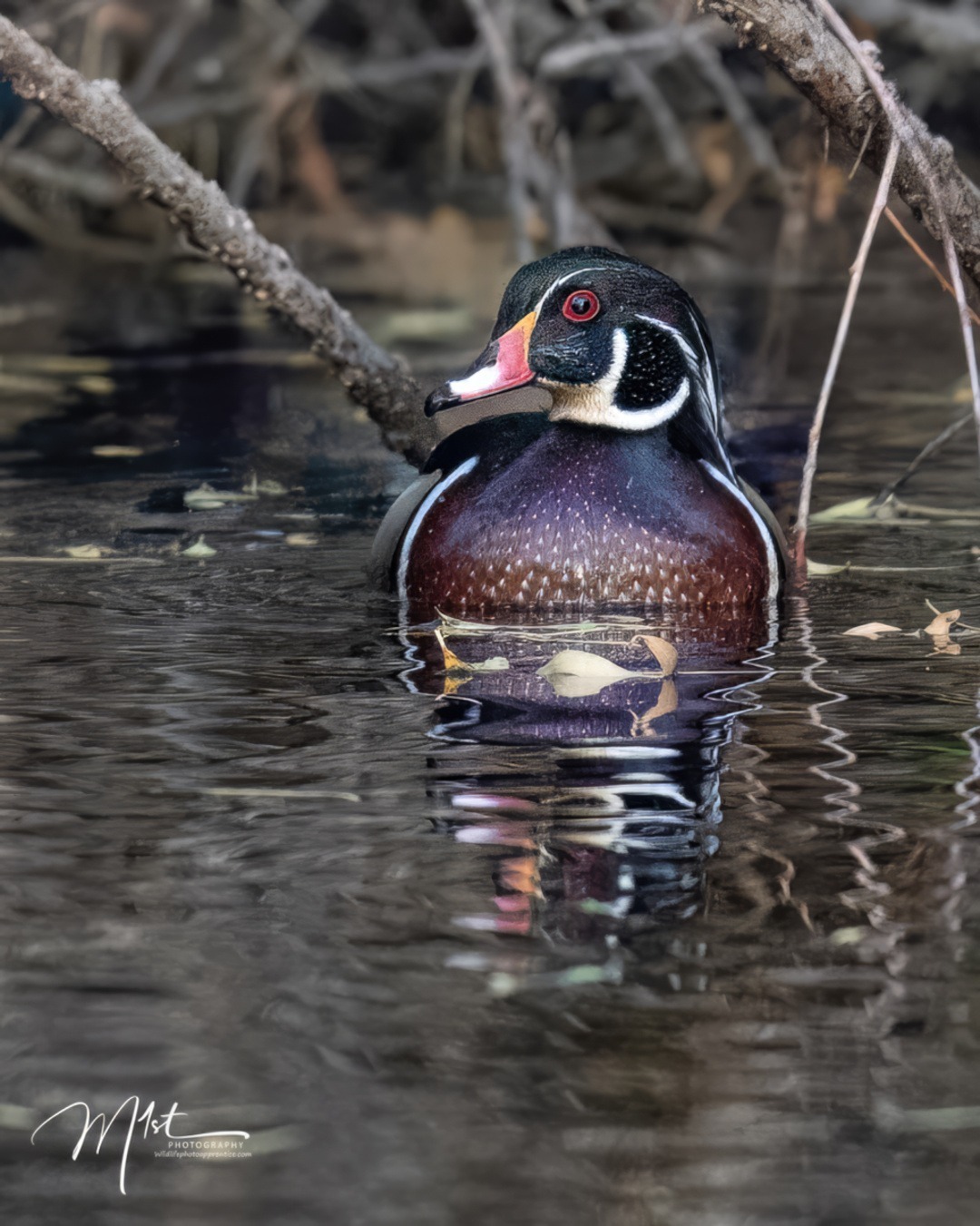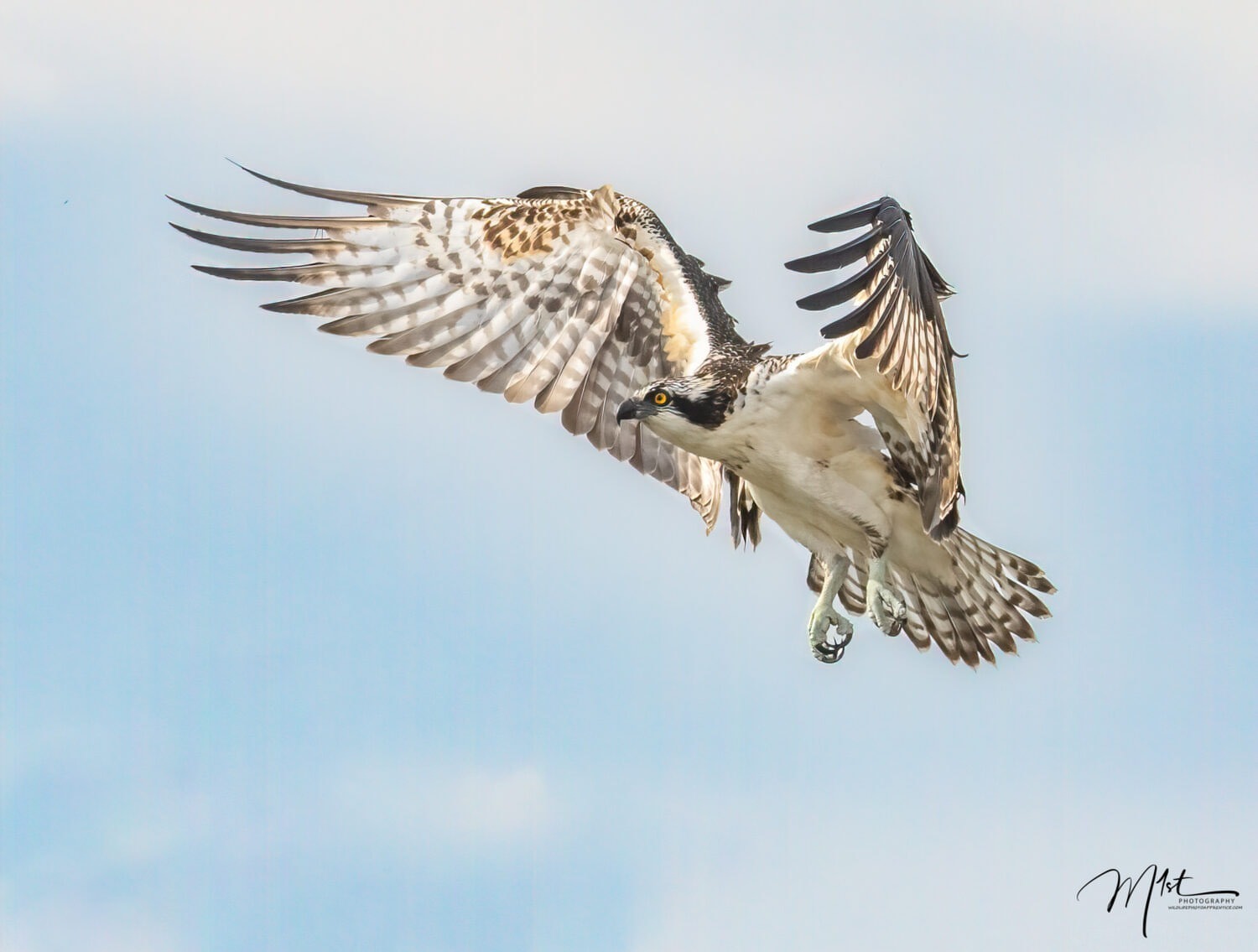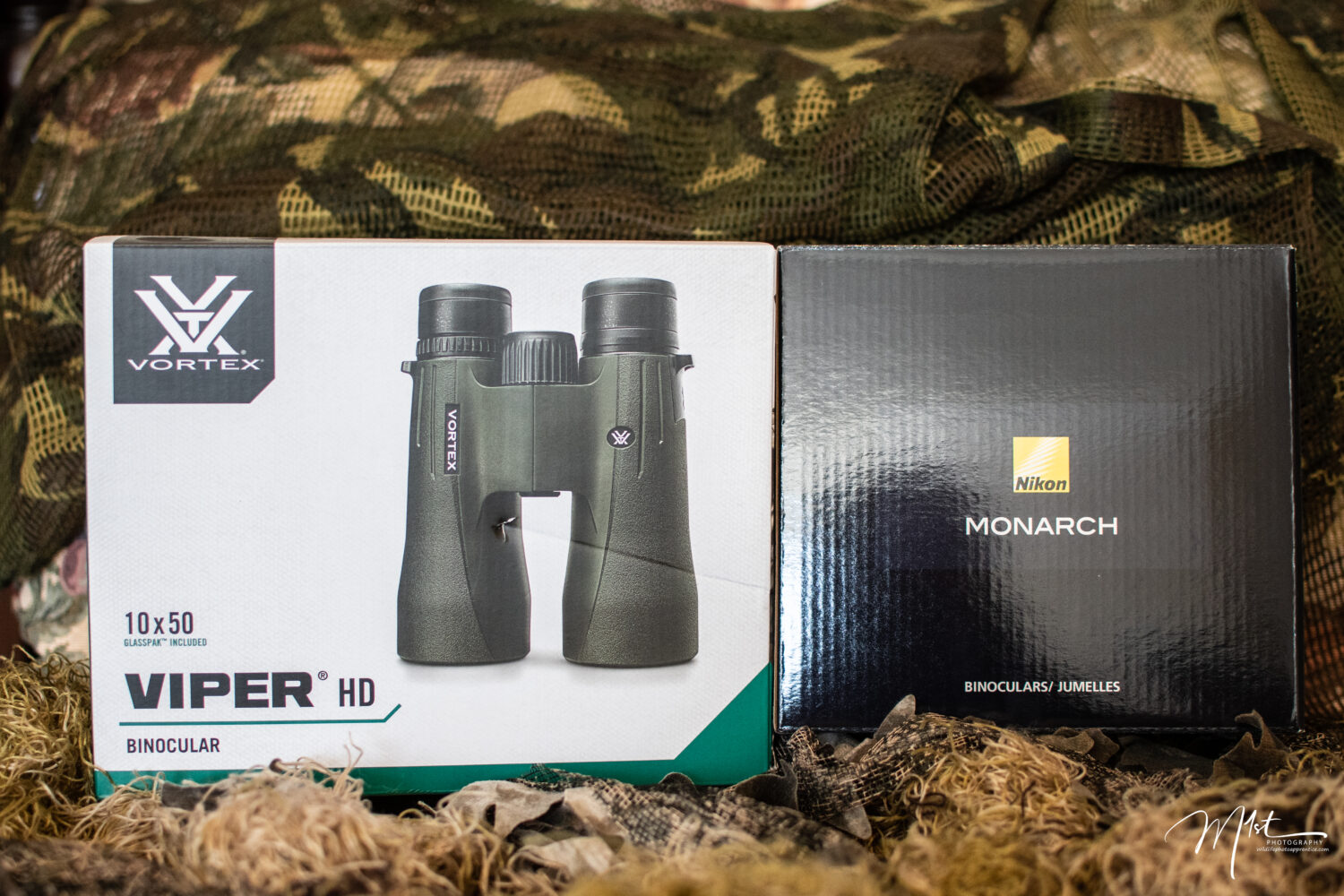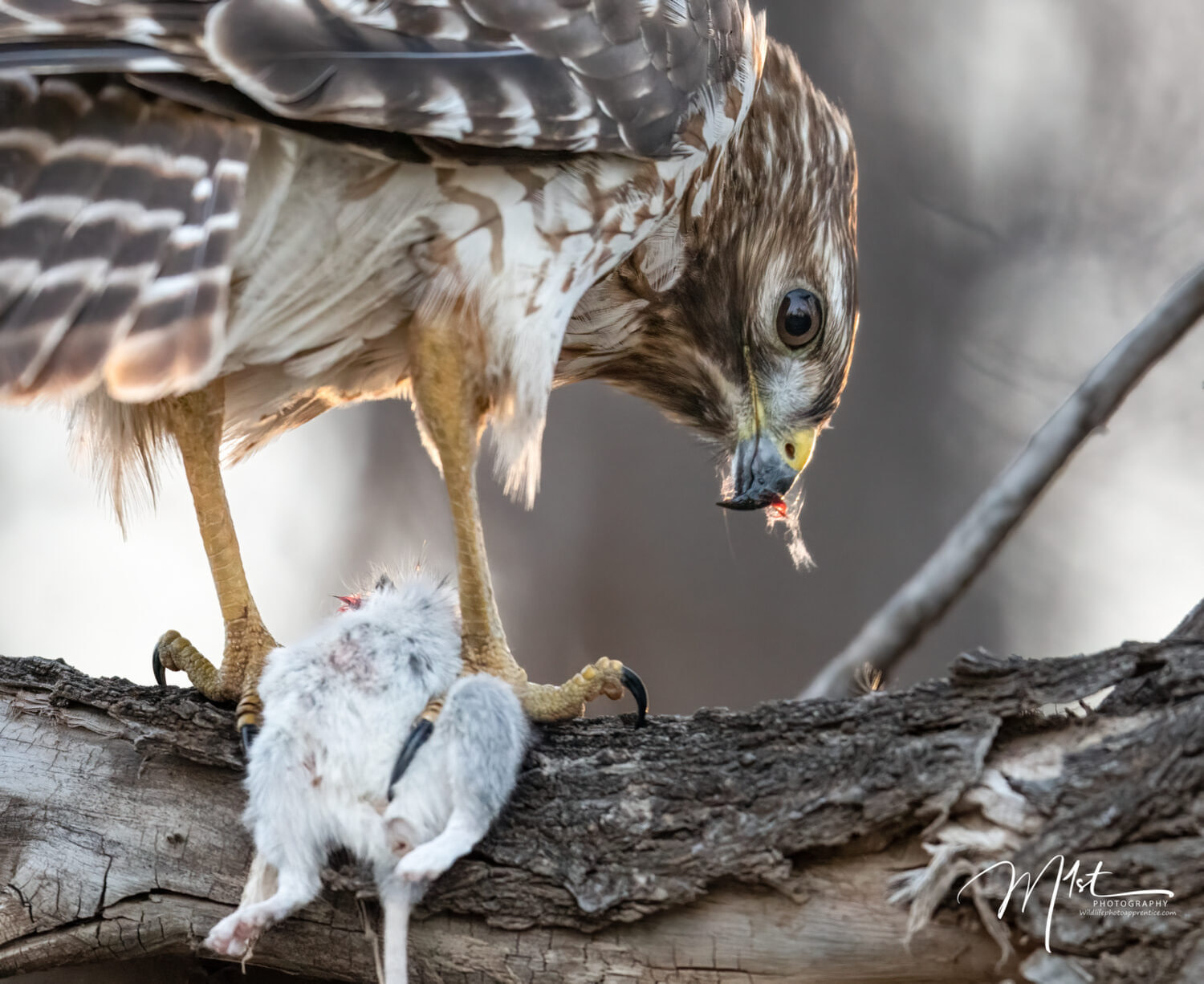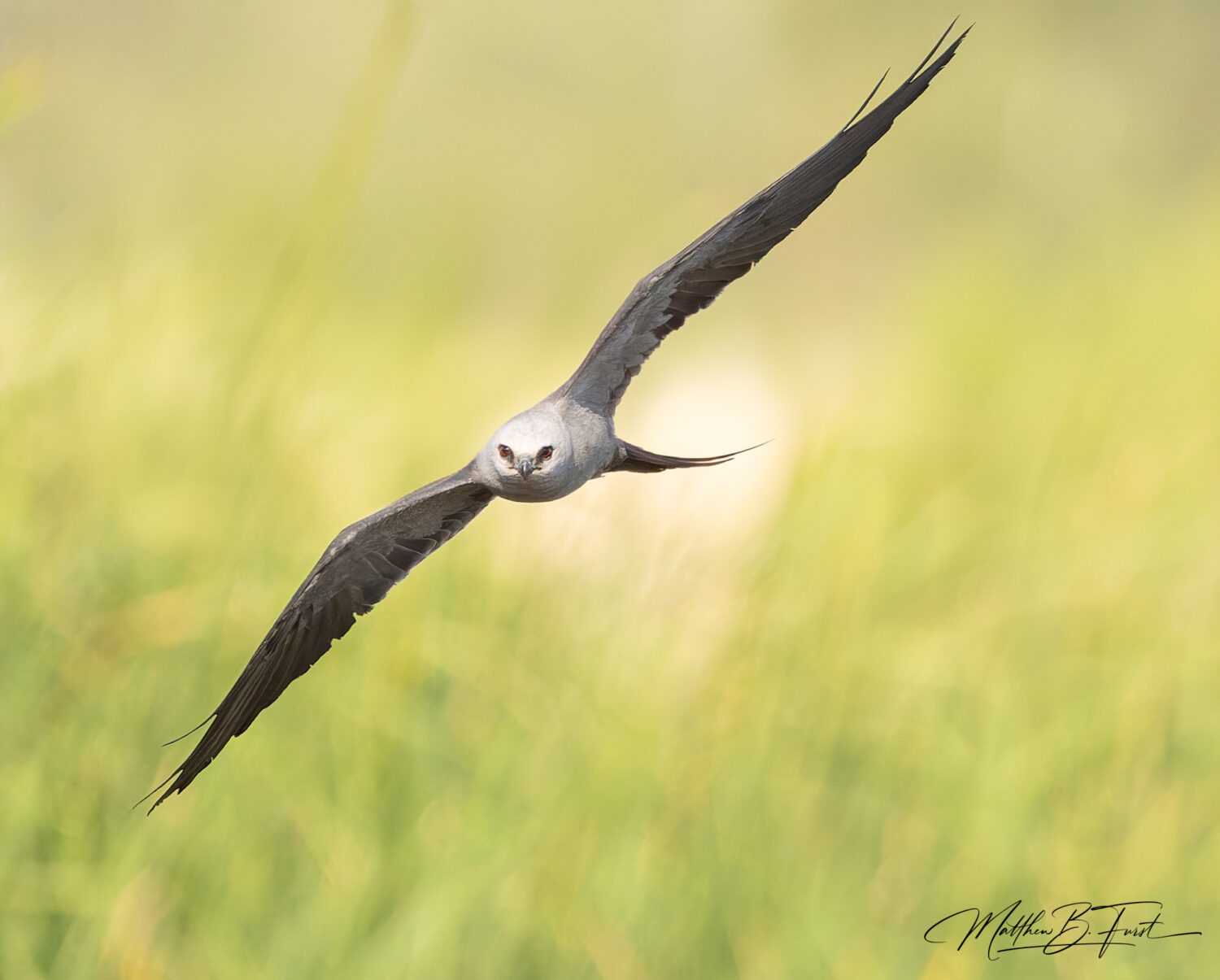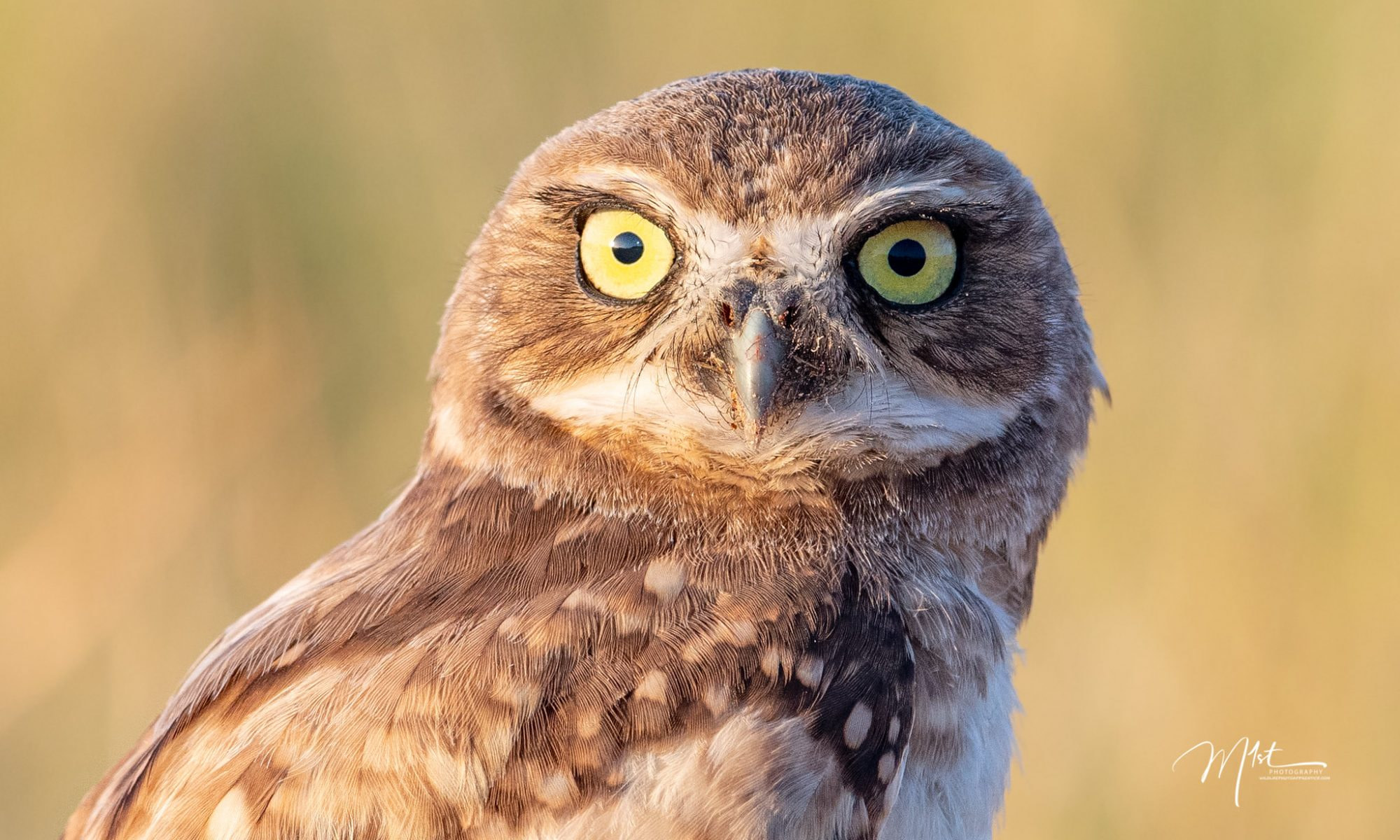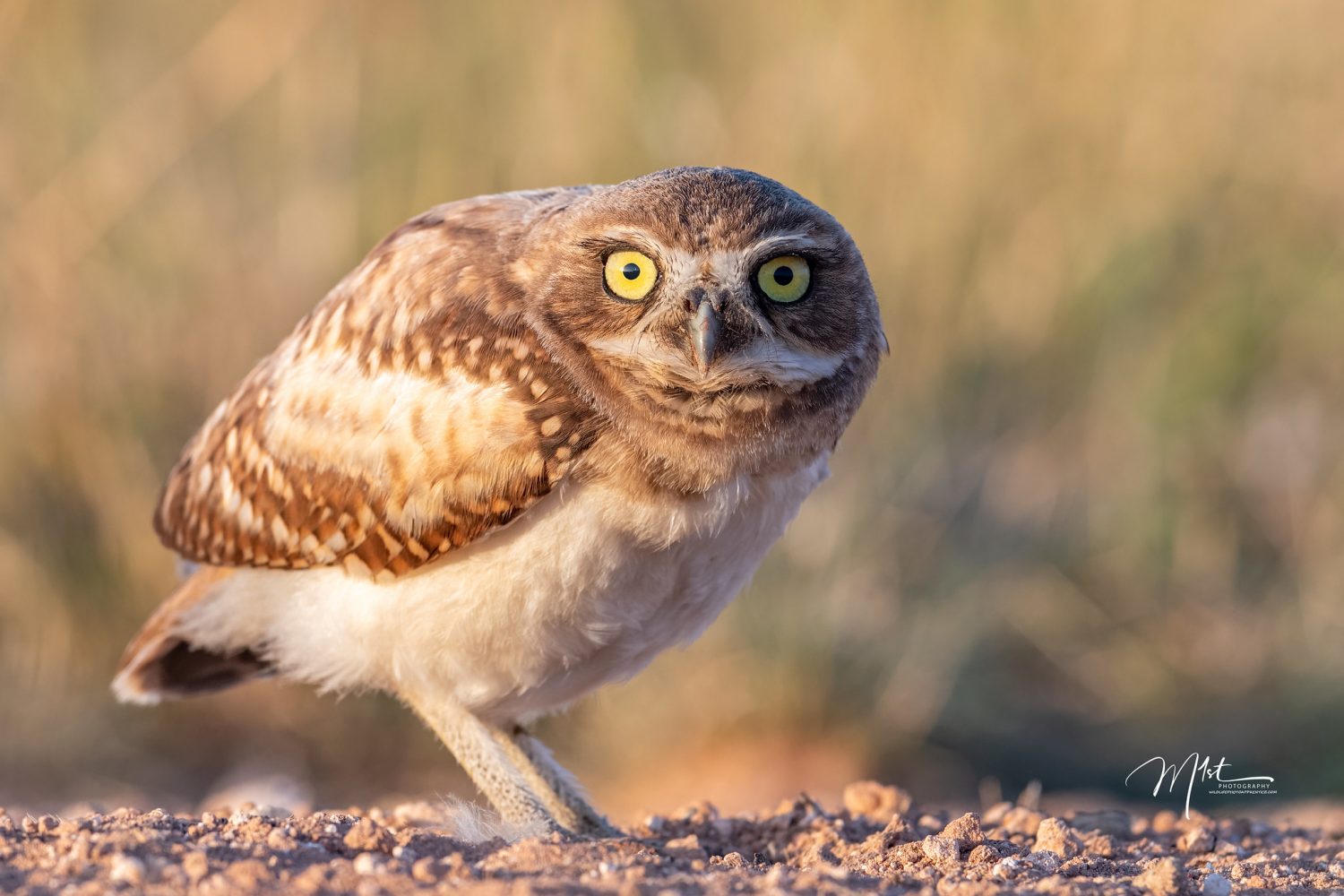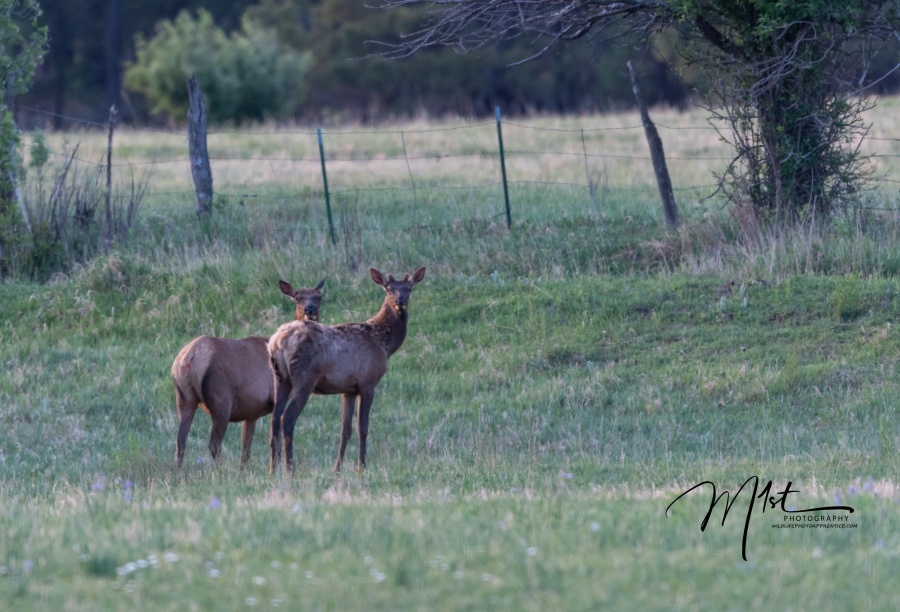Big Bend National Park is a magnificent destination for wildlife photography, with a diverse range of species and habitats to explore. The possibilities are vast with a wide range of animals such as black bears, mountain lions, bighorn sheep, and over 450 species of birds, as well as stunning landscapes that provide a perfect backdrop for capturing memorable shots of the region’s unique flora and fauna.
